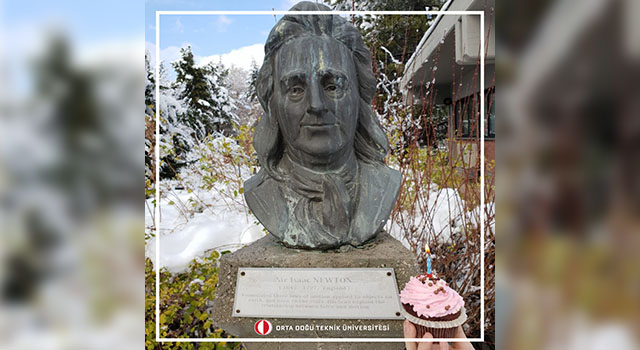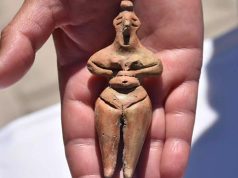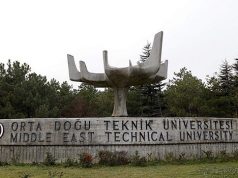
Born January 4, 1642, Isaac Newton developed Calculus in 1665 to write and solve the first differential equation.
In 1687, he formulated the three basic laws of mechanics, known today as Newton’s Laws in his book “Principia”, one of the most important works in the history of science: an object will remain at rest or in uniform motion in a straight line unless acted upon by an external force, the acceleration of an object acted upon by an external force is found in the equation F = ma and there is“action and reaction” in each interaction. Although they seem simple, these laws describe all the movements we see around us and the state of immobility and balance (for example, the standing conditions of a building).
In addition, Newton analyzed sunlight and developed a theory of colors and the nature of light. He revealed that the light had a granular structure as well as its wave character. Newton also designed a smaller and more effective telescope in 1668, using mirrors, instead of large and expensive telescopes.
Perhaps the most well-known of Newton’s scientific work is the universal mass-gravity law he developed. With this law, he mathematically explained the planetary and satellite movements in the solar system. In a sense, he mathematically proved the law that“The square of the rotational periods of all the planets around the sun is proportional to the cube of their distance from the sun”.
Although Newton’s theory explains why the apple falls to the ground, it has not been possible to explain the interaction between time and larger objects such as planets. At this point, Einstein evaluated the fall of an apple from a completely different perspective with the theory he developed in 1915. Einstein found that the bodies bend space-time with their magnitude. According to Einstein, the earth does not pull down the apple, the apple is rolled down in space-time bent by the earth. In addition, it has been predicted that the movements of large masses will cause fluctuations in space-time, which are called gravitational waves. Einstein’s theory was proved after many years of LIGO experiments, and the scientists working in this field won the 2017 Physics Nobel Prize.







